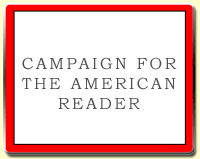 For the Wall Street Journal, he named a five best books list on catastrophes, natural and otherwise, including:
For the Wall Street Journal, he named a five best books list on catastrophes, natural and otherwise, including:The Great InfluenzaRead about the other books on the list.
by John Barry (2004)
It took the collective genius of mankind four years and billions of francs, pounds, marks and dollars to slaughter 10 million men in the trenches of World War I. The influenza pandemic spawned by the war achieved much more with much less. Between 1918, when the first flu cases appeared on the desolate Kansas plains, and 1920, when the pandemic expired in the back places of Asia, the virus killed 50 million to 100 million people. In "The Great Influenza," John Barry catches the sweep of the worst biological disaster inhuman history in a multilayered account that encompasses the interrelationship between war and disease, the politics of Wilsonian America, and the reflexive obtuseness of the bureaucratic mind. Patriotic parades that had to be held, troop ships that had to sail, draft quotas that had to be met created large pools of vulnerable young men in the teeming military establishments in the East and Midwest. The doughboys spread the disease to the civilian population, then carried it to Europe. What makes "The Great Influenza" a standout in the vast literature on the 1918 pandemic is Barry's description of the seminal role it played in the modernization of American medicine and science. It's a novel lens through which to view the flu, one that dramatizes the critical role that crises have in driving human progress.
--Marshal Zeringue



